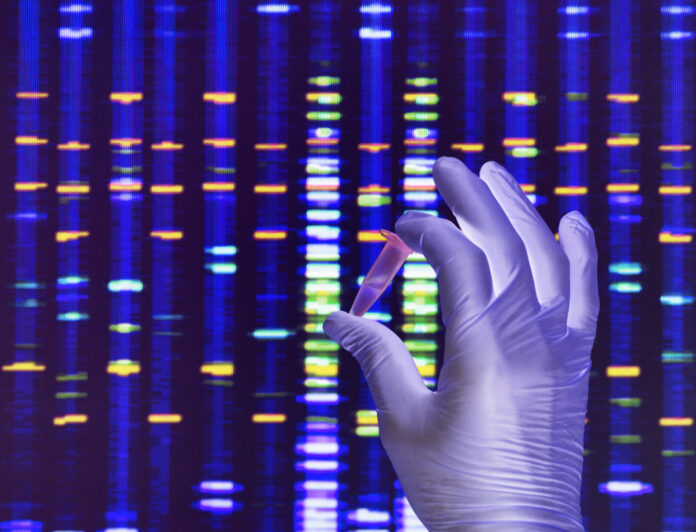
The National Institutes of Health is establishing a Multi-Omics for Health and Disease Consortium, with approximately $11 million awarded in the consortium’s first year of funding. The program aims to advance the generation and analysis of “multi-omics” data for human health research and seeks to award approximately $50.3 million over the next five years, pending funding.
Multi-omics comprises several data types, including genomics, epigenomics, transcriptomics, proteomics, and metabolomics. Through the integration of these multiple data types the new NIH program aims to provide a more holistic view of the molecular factors and cellular processes involved in human health, including untangling genetic and non-genetic factors in health and disease. Such an approach could help define disease subtypes, identify biomarkers, and discover drug targets.
This initiative is also aimed at producing consensus approaches, best practices, and standards that can be generalized across diseases and populations. In addition, it will generate a standardized and harmonized dataset for general research use available through controlled-access processes as well as a portal for visualization. Ultimately, the program aims to enhance the utility of omic technologies in understanding the biology of health and disease.
“Beyond gaining insights into individual diseases, the primary goal of this consortium is to develop scalable and generalizable multi-omics research strategies as well as methods to analyze these large and complex datasets,” said Joannella Morales, PhD, a National Human Genome Research Institute (NHGRI) program director involved in leading the consortium.
She added, “We expect these strategies will ultimately be adopted by other research groups, ensuring the consortium’s work will have broad and long-lasting impacts for clinical research.”
Approximately half of the awarded funds will support the work of six disease study sites, which will examine conditions such as fatty liver diseases, hepatocellular carcinoma, asthma, chronic kidney disease, and preeclampsia, among others.
The sites will enroll research participants, at least 75% of whom will be from ancestral backgrounds underrepresented in genomics research. The sites will also collect data on participants’ environments and social determinants of health to be used in conjunction with the data. Combining the multi-omics and environmental data should offer an even more comprehensive view of the factors that contribute to disease risk and outcomes.
Specimens provided by participants will be processed at the omics production center, which will use high-throughput molecular assays to generate genomic, epigenomic, transcriptomic, proteomic, and metabolomic data that will be analyzed to generate molecular profiles of disease and non-disease states. The data analysis and coordination center will then incorporate all of these data into large, organized datasets that will be made available to the scientific community for further studies.
“Multi-omics studies are at the forefront of biomedical research and promise to advance our understanding of disease onset and progression,” said Erin Ramos, PhD, deputy director of NHGRI’s Division of Genomic Medicine. “All while potentially providing important clues for treatment design and drug-discovery efforts. This new consortium is an important step in making those advances a reality.”











